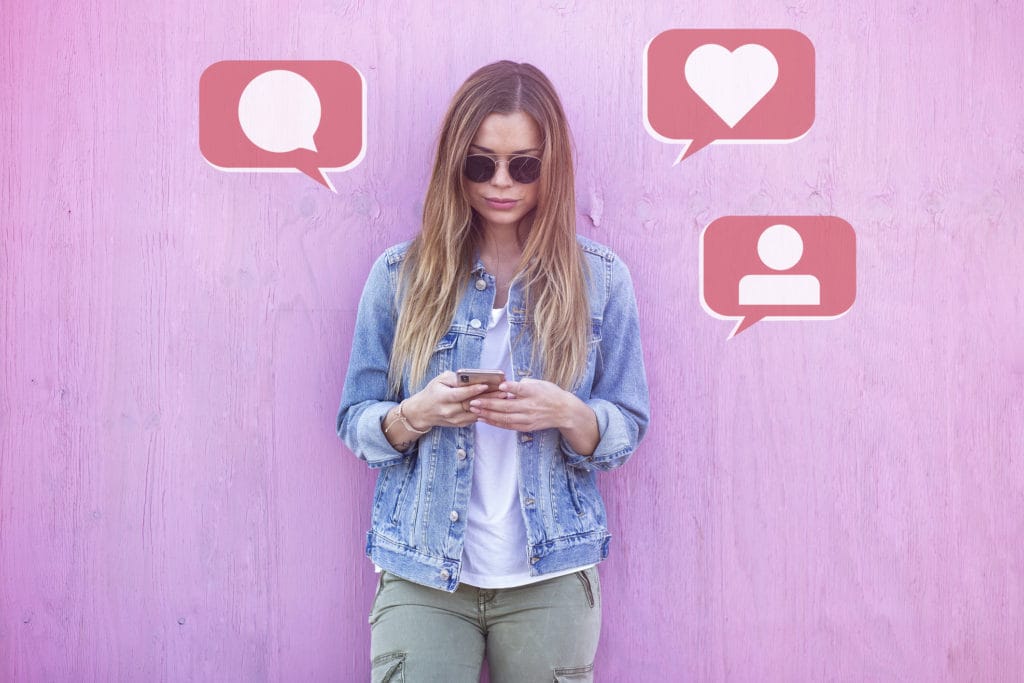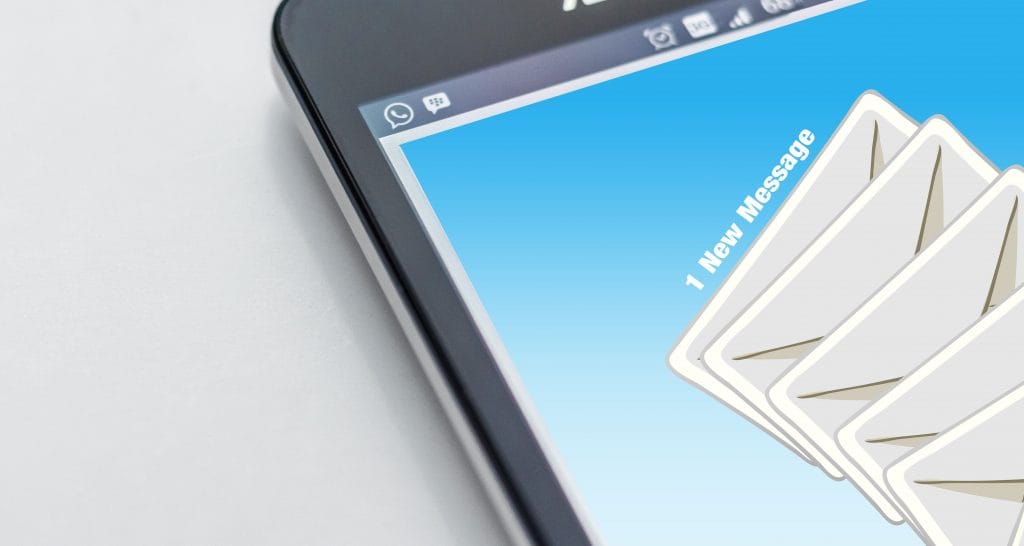outreach
Using Community Outreach as a Marketing Strategy
As a business, community outreach marketing is crucial to connecting to your local area. Developing a community outreach program not only helps to increase awareness for your products and services, but also strengthens your brand. Interacting with the local community gives you a chance to build relationships and nurture relationships with consumers, which helps your…
How to Prevent Your Emails from Going to Spam
To prevent emails from going to spam, ensure your email list is clean and consists of opted-in recipients. Craft a clear, engaging subject line without spam triggers. Maintain a consistent sending schedule and sender name. Include a plain text version of your email, and make sure the HTML is clean and error-free. Lastly, always provide…
How to Boost Your Email Marketing Results
Email marketing is one of the most effective marketing channels available to business owners. That being said, email marketing success is not guaranteed. There are a number of key factors that contribute to email marketing results. This includes everything from the content of your email to the way you format it. In this article, we…
Top Influencer Marketing Platforms to Tap Into
There are several top influencer marketing platforms to tap into this year. Leading influencer marketing platforms include AspireIQ, Upfluence, and CreatorIQ, offering tools to connect brands with relevant influencers. These platforms provide analytics for campaign tracking, influencer discovery tools, and ROI measurement capabilities. They cater to businesses of all sizes, facilitating effective influencer partnerships that…
Tips to Help You Get the Most of Your Email Campaigns
There are several tips to help you get the most of your email campaigns. To maximize email campaigns, segment your audience for personalized content, use engaging subject lines, and ensure mobile-friendly design. Regular testing and analyzing open and click-through rates help refine strategies. Incorporating clear calls-to-action and valuable content like exclusive offers, educational material, and…
Eric Sachs on Challenge Assumptions Podcast
Eric Sachs joined Greg and Gene on the Challenge Assumptions Podcast to talk about the world of SEO. In the 50-minute episode, Eric, Greg and Gene discuss: How Eric got started in SEO and digital marketing. The future of SEO and mobile marketing. Keeping transparency in the forefront of your company. Why Sachs Marketing Group…
Building Strong Relationships with Transparency
You may think the keys to business success are quality products and services, or good marketing and promotion. The real key to success? Strong customer relationships. And one of the best ways to foster these relationships is through transparency. Keep Your Word Whatever promises you make your customers, be sure you can hold to your…
















